Most Underused Native Trees
edlincoln
9 years ago
Featured Answer
Sort by:Oldest
Comments (40)
edlincoln
9 years agoRelated Discussions
favorite underused trees
Comments (46)- Texas Persimmon (Diospyros texana) - This is truly an underrated miracle tree of life! This large shrub/small tree not only produces copious crops of deliciously sweet berries, but is also a highly heat/drought-resistant xeriscape native that can still withstand low temperatures down to 5ð-10ð F. Moreover, it is an attractive ornamental complete with creamy bell flowers, multicolored trunks and rugged hardwood that can be used for woodworking. Note that is is dioecious though, so you need at least a male & female of each to bear fruit... But what other trees possess such a rare combination of form, function & low maintenance??? None that I can think of! Other overlooked candidates might include: - Oriental Raisin Tree (Hovenia dulcis) - This is a nice, large, fast-growing tree that bears sweet, edible peduncles tasting similar to a combination of raisin, clove, cinnamon and sugar. http://examine.com/supplements/Hovenia+dulcis/ (But do note that while it is not invasive in the US, it could be in some much hotter, tropical climates.) - Pineapple Guava (Feijoa sellowiana) - This large shrub/small tree has both edible flowers and fruits and is fairly low-maintenance. It is both quite pest and heat-resistant, needing only some sufficient watering during peak summer heat months. http://www.ediblelandscapingmadeeasy.com/2011/12/21/pineapple-guava-a-great-shrub-for-your-edible-landscape/#1 http://selectree.calpoly.edu/treedetail.lasso?rid=599 - All-In-One Almond Tree - Almond trees bear both beautiful flowers and edible almonds. - Mission Olive Tree - Olive trees not only bear healthy fruit & oil, but its leaves also serve as a great antimicrobial. It is drought-tolerant once established and can grow extremely old. - Moringa Oleifera (PKM1) Tree (Horseradish Tree) - This is another miraculous tree with multiple medicinal and health benefits. The leaves are edible and the crushed seeds even help purify water. It is also a very fast-growing and resilient softwood. http://miracletrees.org/ - Western Soapberry (Sapindus drummondii) - Soapberry does well in poor, dry or nutrient-deficient soils. The foliage is handsome, the flowers are fragrant and attract bees, and its soap nuts contain saponin, an antimicrobial, natural detergent. http://www.floridata.com/ref/s/sapi_sap.cfm - Medjool Date Palm (Phoenix dactylifera) - If you got space for a palm tree, why not an edible date palm? http://science.howstuffworks.com/life/botany/date-palm-info.htm Here is a link that might be useful: Texas Persimmon This post was edited by blakrab on Mon, Jan 6, 14 at 21:19...See MoreMy List Of Underused Annuals/Perennials
Comments (6)Great subject. In this day and age, where everyone has to have the "latest and greatest" plants, the "tried and true" basic annuals and perennials are sometimes overlooked Echinacea purpurea (purple coneflower): easy to grow and blooms from approx mid August to October. Maltese cross: sure, the red color is not for everyone, but this is a very hardy fuss free plant. Lambs ear: I love the greyish soft foliage. Some websites recommend removing the blooms, that they take away from the plant, but I disagree. Lamium: between my back deck and the rocks of my small pond, I had a one foot by six foot strip of soil. Lamium filled in the area completely and looks striking as it starts to grow a bit over the rocks of the pond. I alternated ÂWhite Nancy lamium with ÂAurea (gold leafed) lamium. My Mom had hostas surrounded by ÂWhite Nancy Lamium. Speaking of hostas, there is another perennial you probably canÂt go wrong with. Once established it looks very striking. Regarding annuals, geraniums and impatiens still do it for me. Especially the bold colors available now. Regards, Glen...See MoreTaller most formal looking NW native plants?
Comments (8)Waxmytle is a hypermaritime plant that grows in the open in the wild, mostly right behind the beach. Seems to be quite resentful of shade, stretching out in the fashion of a shaded pine. A clipped western hemlock hedge might work better, unless it fills up with wooly adelgids. (Yes: everything comes with limitations). Grand fir also makes a nice clipped hedge, but is less shade tolerant and fine textured than hemlock (also gets adelgids, too)....See MoreUnderused plants of the South
Comments (63)Please give japanese styrax a place in your garden!!I also love Euonymus americanus"hearts-a-burstig".It can't be beat this time of the year along with toad lillies,red buckeye seeds bursting from their pods.Now is the time of year also for Illicium Parviflorum to be loaded with seed pods!!Awesome!!Also give Giant Dogwood a place(Cornus Controversa).Water in dry times. If you can obtain Pseudocydonia chinensis(Chinese Quince) give it a try.This is NOT Chaenomeles speciosa(Flowering Quince).Also give the little guys like Asarum and Hexastylis a chance in your shade area,with a little extra water.Don't be scared to plant Sugar maples either!!They do well if planted in a good hole and watered for the first couple of years. If you have a source for Baptisia perfoliata,plant it!It is a sandhills endemic where I live and it is bulletproof!!Interesting perfoliate leaves clasping the stem and yellow flowers in the leaf axils.Foliage looks like eucalyptus and some people call it that.Drives me nuts!!Learn to ID your plants and you'll be much better off.I'll go for now and give someone else some"airtime".P.S. Red Buckeye seeds and Euonymus americanus seeds available now!!!!...See Moredbarron
9 years agoedlincoln
9 years agodbarron
9 years agoedlincoln
9 years agodandy_line (Z3b N Cent Mn)
9 years agojebfarm
9 years agoedlincoln
9 years agowisconsitom
9 years agoedlincoln
9 years agowisconsitom
9 years agoedlincoln
9 years agowantonamara Z8 CenTex
9 years agowisconsitom
9 years agoedlincoln
9 years agodandy_line (Z3b N Cent Mn)
9 years agoUser
9 years agolast modified: 9 years agowisconsitom
9 years agoUser
9 years agowisconsitom
9 years agoWoodsTea 6a MO
9 years agocarlaclaws
9 years agoUser
9 years agocarlaclaws
9 years agoUser
9 years agoUser
9 years agoWoodsTea 6a MO
9 years agoWoodsTea 6a MO
9 years agoUser
9 years agolast modified: 9 years agoUser
9 years agodbarron
9 years agoUser
9 years agowisconsitom
9 years agolast modified: 9 years agocarlaclaws
9 years agocarlaclaws
9 years agowisconsitom
9 years agolast modified: 9 years agoUser
9 years agoedlincoln
9 years agoUser
9 years agolast modified: 9 years ago
Related Stories
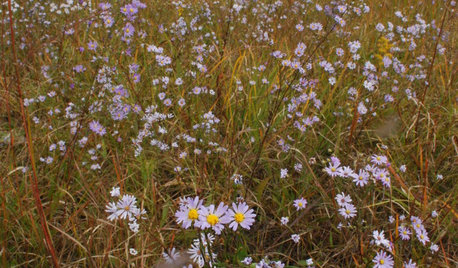
GARDENING GUIDES15 Native Flowers That Feed Native Bees
These perennials offer superfood to hundreds of bees and are gorgeous in their own right
Full Story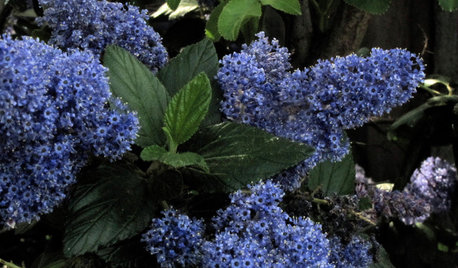
GARDENING GUIDES10 Top California Native Plants, Trees and Grasses
Enjoy a fuss-free, water-wise garden in the Golden State by growing plants naturally in tune with the climate and wildlife
Full Story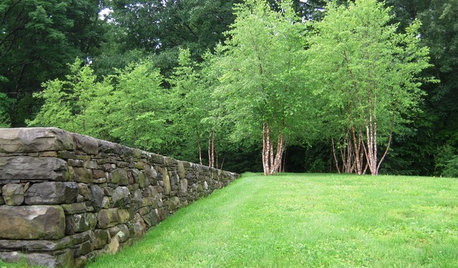
LANDSCAPE DESIGNFlood-Tolerant Native Trees for Soggy Soil
Swampy sites, floodplains, even standing water ... if you've got a soggy landscape, these trees are for you
Full Story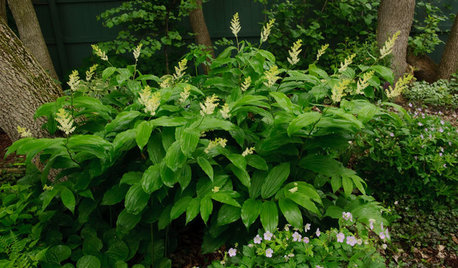
GARDENING GUIDESGarden-Friendly Native Alternatives to Overplanted Exotics
There are lots of gorgeous, wildlife-friendly native plants ready to make an appearance in your garden
Full Story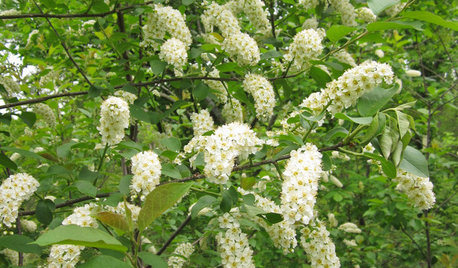
TREESNative Plant Alternatives to Invasive Common Buckthorn
Learn how to identify and control this aggressive plant, and what to grow in its place
Full Story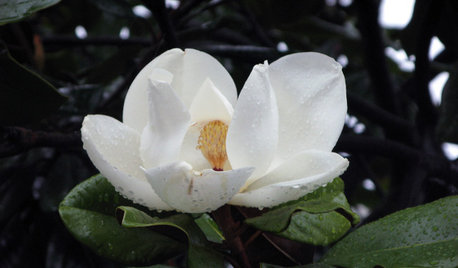
TREESGreat Design Plant: Southern Magnolia, Iconic U.S. Native
Massive, fragrant blooms and deep green leaves set Magnolia grandiflora apart from other large shade trees
Full Story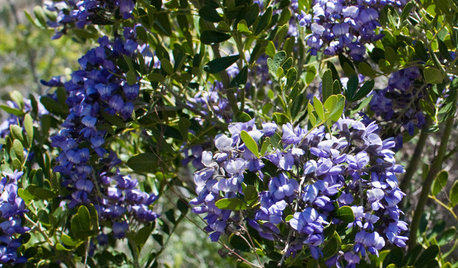
TREES6 Unsung Spring-Blooming Trees
Billowy blooms and rare fragrances will make you wonder how these flowering trees could ever have been underused in landscapes
Full Story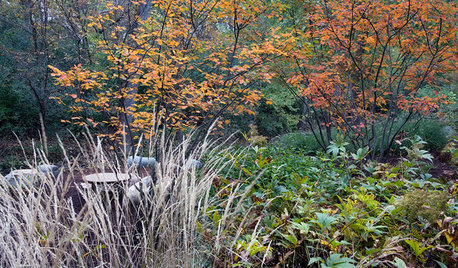
GARDENING GUIDES8 Native Shrubs for Year-Round Bird Feeding
It’s not just about berries. These plants provide insects for birds and seasonal interest for gardeners
Full Story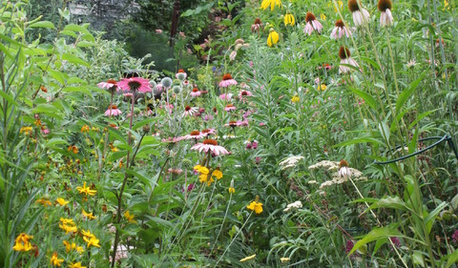
GARDENING FOR BUTTERFLIES3 Ways Native Plants Make Gardening So Much Better
You probably know about the lower maintenance. But native plants' other benefits go far beyond a little less watering and weeding
Full Story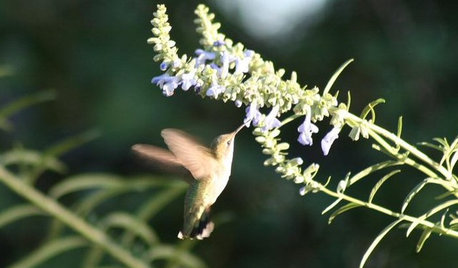
GARDENING GUIDESHow to Find the Right Native Plants for Your Yard
Find plant maps, sale sites and guides that make going native in the garden easier than ever
Full StorySponsored



jebfarm